Old News: This Week in 1947
In this edition of Old News, Managing Features Editor Sonia Chajet Wides ’25 explores a 1947 Amherst, in which echoes of World War II permeated all parts of campus life.
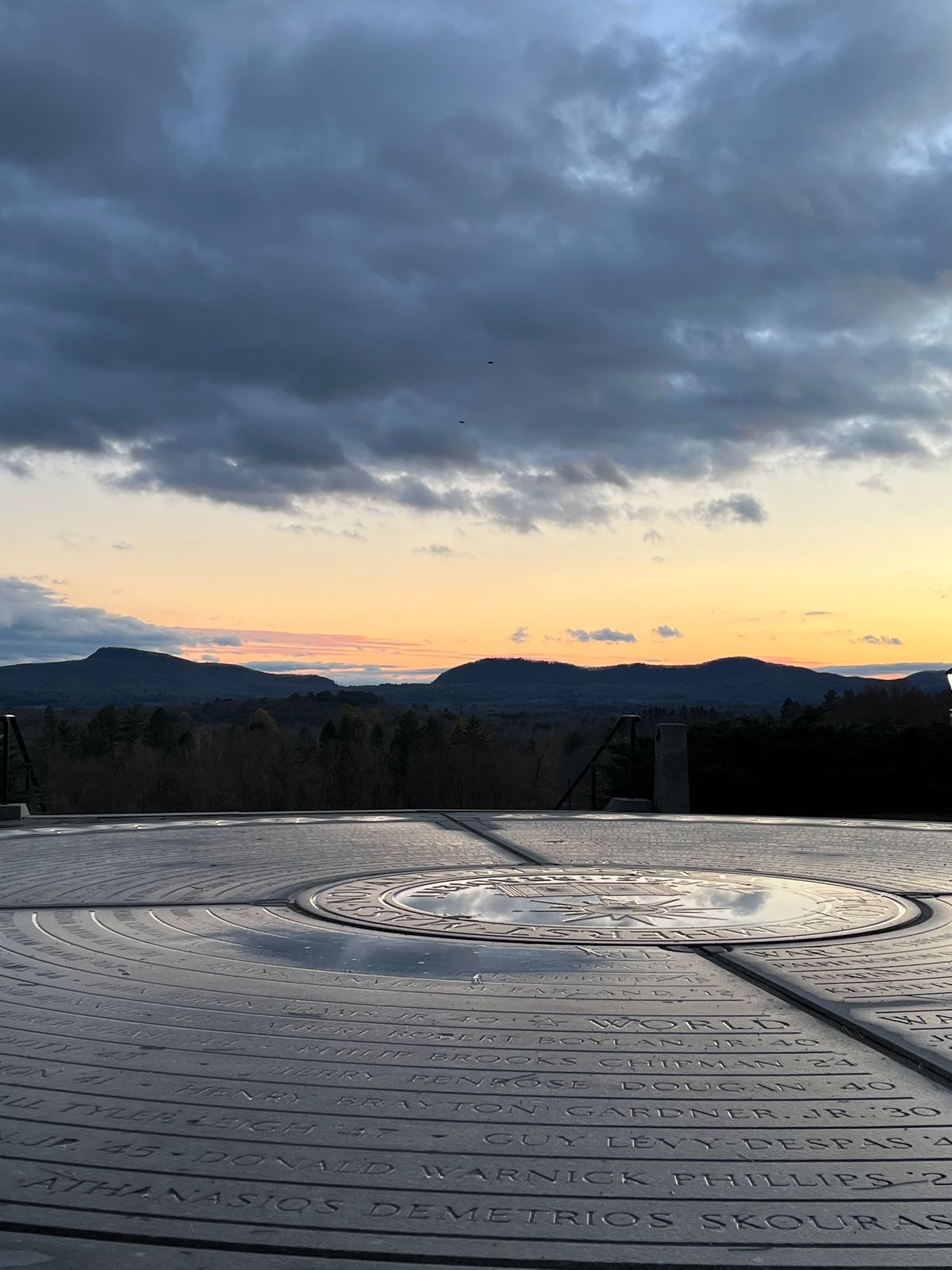
In Old News, I use a random number generator to select a year in the college’s history and take a look at The Student’s issue from this week in that year.
This Week’s Year: 1947
In this week’s Old News, I took a peek into a post-war Amherst. The Dec. 17, 1947, issue of The Amherst Student was not merely a weekly news update; it included thoughtful reflections on the entire semester as students prepared to leave campus. In nearly every article, there was some reference to the recovery of campus and its student body from World War II. The campus had more students than usual, since so many veterans of the war had returned to complete their college educations. These students were older and suffering from the after-effects of combat. Just last week, at the 2024E graduation, President Michael Elliott reminded us that this year’s Covid-bolstered E class was second in size only to the E class post-World War II.
Earlier this semester, Managing News Editor Leo Kamin ’25 wrote about legendary alum Robert Morgenthau ’41’s time at Amherst, which ended just before World War II. In 1941, The Student’s pages reflected an ominous tone of Amherst men enjoying their last nights of joy before they headed toward a dark future. “As the last year draws to a close,” Morgenthau wrote in the Olio in 1941, “America stands not far from Armageddon, and the class of 1941 prepares to do battle for the Lord.” This issue, in 1947, picks up on the other side of Armageddon. Some men had returned, some hadn’t, and the war had shaped a generation.
While the issue deals heavily with the war’s effects, some connections are still left unmade; descriptions noting curiously, for instance, that veterans had a different demeanor than students who had been to war, and that there was more “cynicism” on campus than before. To me, the reasoning behind these changes, and their historical scale, seemed obvious. But at the time, they were just the lived reality of Amherst’s students, crammed into bunk beds in overcrowded rooms, walking around with the grief of lost classmates. It made me think about how, when future observers look back on our time at Amherst and the articles we publish in The Student now, connections about the pandemic’s effects on campus culture and students overall may seem more obvious to them than they do to us. After all, we can only see what is right in front of us.
Post-War Fall Semester Reflections
This edition of The Student included a multi-sectioned recap of that fall, focusing heavily on the campus’ recuperation from World War II — what they described as “a gradual return to normalcy.”
Return to normalcy was difficult when evidence of the war was visible all around. Enrollment was higher than usual due to an influx of veterans returning from war. Many of the veterans were older due to the time they’d taken off to fight in the war. “Double-decker beds in almost every room continued to stand as a symbol of compressed housing,” The Student detailed. “Prices were high, butter was scarce and a greying relic from the class of 1940 still sought his diploma, but beneath the wartime veneer which still remained there could plainly be seen a new horizon.”
One striking description was that of veteran students themselves, which The Student described as the “most important reminder of the war years.”
The Student attempts to describe the changed demeanor of veterans, seemingly outlining symptoms of PTSD long before the term was coined in 1980. “An armed forces field jacket and an age level well into the twenties were perhaps the only outward manifestations,” they wrote, “But there was an attitude toward life — a way of doing things — that bespoke an influence which had never been seen on the campus before the war. There was a certain impatience to be seen in all of them — a feeling that time was running out.”
Other than butter, also missing from the postwar scene was “an old time element of the college” that “drew upon the more Bohemian and dilettante quarter of the student body for their membership and which, too, may have gone with the wind.”
But some things had stayed the same. “Chapel, like sex, was here to stay,” the article reassured the community, and in a revealing note about gender dynamics at the time, “Amherst men contended, as always, that they went to Smith for dates and to Holyoke for wives (though one alert Smithite tartly pointed out that a date was all an Amherst man could get at Smith).”
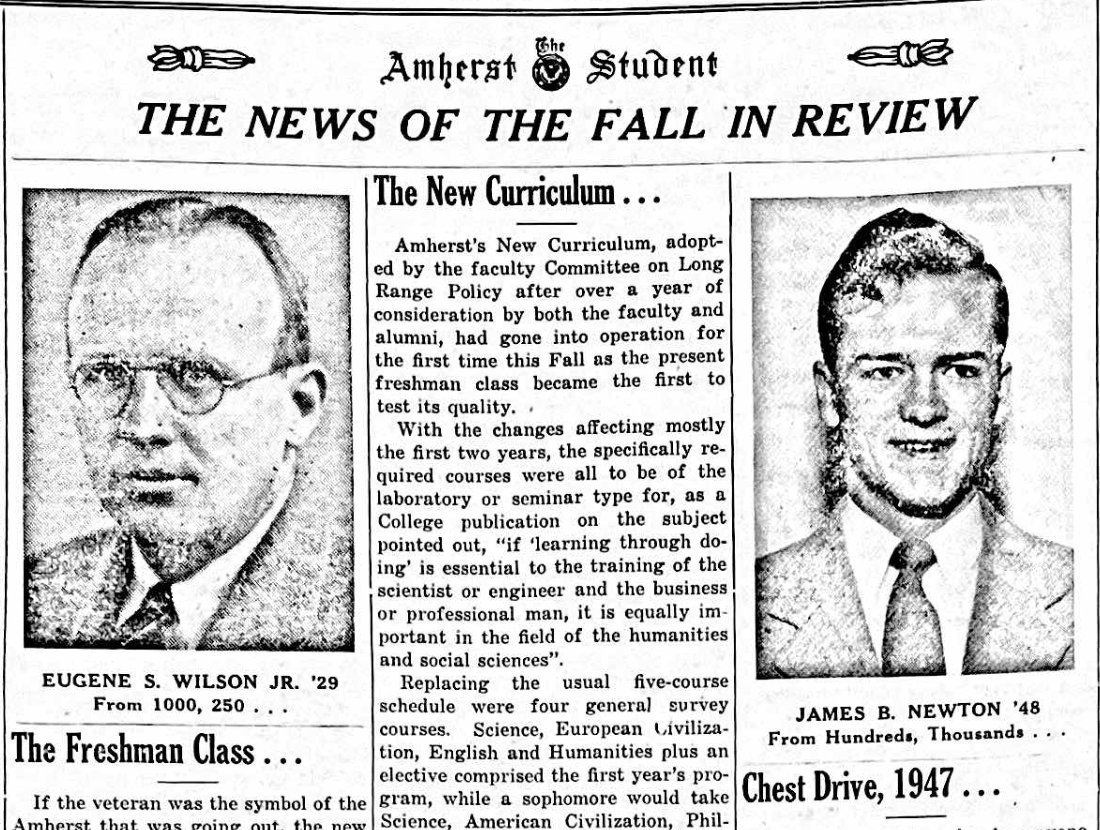
Greeting a new first-year class
Meanwhile, a new cohort of students had entered Amherst, a freshman class of the likes “never” before seen in the history of the college.
The new class had a much lower acceptance rate than ever before, indicative of the “peak of postwar educational rush,” in The Student’s words. It was also more geographically diverse, as the article boasted, with “one man each from China, Hawaii and Puerto Rico.”
1947 happens to be the year that Dean of Admissions Eugene S. Wilson Jr. began sending out admissions reports to secondary schools, which contained demographic information about incoming classes to Amherst. The reports are still released today, though they contain different demographic information; the report from 1947 does not include race nor income statistics. Wilson would go on to serve Amherst through the 1960s, when he was integral in efforts to diversify the college racially.
Club activity recap
The Student summarized the activities of student organizations which “found themselves in the same boat” of campus in general, “wallowing on the road back to normalcy.” The organizations faced “depleted ranks” induced by more widespread cynicism and lack of involvement — one result of having just gone through a world war.
Student organizations did get up to some work, though. The Student Council, “most important[ly],” established a Little Three colleges liaison to, cryptically, “avoid a recurrence of last year’s football weekend incidents.” They also approved funds for the Political Union, a new proposed radio station, and the college ring, described below. They “instigated the adoption by the fraternities of an orphan boy in Poland” — though I am confused as to how this worked practically. The Housing Management Committee, meanwhile, successfully extended the “women’s deadline” another half an hour for house parties “and pushed it up to an unheard of 10:30 p.m. the night before Thanksgiving.”
The Student poked fun at some organizations, like the Outing Club, writing: “Those who hadn’t enough walking in the Army were able to get a second chance by signing up on the Outing Club bulletin board. Mt. Tom must have been scaled a hundred times, and one wondered if perhaps the boys hadn’t discovered a forgotten gin mill up there.”
And The Student itself “was not the least of those sweating out the manpower shortage.” Poking fun at themselves, they wrote, “Every Monday the ‘staff’ assembled in the basement and typed up reprints from other papers.” It seems not much has changed, other than the fact that we now assemble on Tuesday nights.
New (non-open) curriculum
One major theme of the semester seemed to be a new curriculum, adopted by a faculty committee, that went into operation that fall. The curriculum included required laboratory and seminar courses, and switched the first two years to consist of four general survey courses. For first years: Science, European Civilization, English and Humanities, and an elective. For sophomores: Science, American Civilization, Philosophy or Fine Arts, and an elective.
The Student conducted a survey of 50 percent of the freshman class to hear their thoughts on the new curriculum. The biggest complaint was that the program was too much work — 22 percent of those surveyed said so. Students today can compare their workloads to the fact that “well over half the class replied that they spent an average of four hours a night on their work, and three quarters of them spend over 25 hours a week … Half the men said that they had approx. 250 pages of reading per week, mostly in humanities and social sciences.”
Some freshmen lamented that they did not have enough time to focus on extracurricular activities, which translated to decreased numbers for some sports teams. One first-year said: “There’s just too much work. I played varsity basketball in school and wanted to keep it up here, but changed my mind when I saw my schedule.” Some of them also deplored the fact that they had to take compulsory courses in which they had “perhaps no interest.”
But the class still felt overwhelmingly positive, with 82 percent saying they would choose Amherst again on the basis of their first 10 weeks.
The article gave a funny behind-the-scenes look at what conducting the survey looked like, saying that Student writers had to break up a few poker games to turn freshmen’s attention to the questions, and “though one poll sheet was returned to The Student representative with bridge scores filling most of the back side, the general tenor of the comments was a serious one.”
Postwar financial binds
Mirroring some of our own financial gripes with pandemic inflation, The Student reported that “like almost every other private college and school in the country, Amherst was feeling the post-war financial pinch and had to resort to an endowment drive to meet increased costs.” Prices were high, and so was the college’s budget, with new hires needed to maintain the new curriculum and its smaller class sizes. Clarence Francis ’1910 chaired the drive, which seemed to be successful.
“Two ways to make ends meet could, of course, have been to raise the tuition even higher than the $100 increase already made or to raise the enrollment without comparably increasing the educational facilities,” editors reflected, “In refusing to do either, the trustees had displayed a praiseworthy determination to keep Amherst small — and first-rate. The Fund was the answer.”
Postwar athletics navigate new terrain
“Football, Soccer Improve; Post-War Reconversion Termed Nearly Complete” reads the Sports section headline: “Prospects for the return of Amherst to the athletic pinnacle it enjoyed in pre-war days look increasingly better now.”
The article describes a comeback since intercollegiate athletic competition was resumed the year prior. That year, like this one, the Amherst soccer and football teams “took the boys from that ‘dandy little college in the Berkshires’ in both sports.”
Perhaps most interesting were reflections on how the athletes themselves had changed since the war. “Whereas other schools had more pre-war and war-developed stars than they could use, the Jeffs found themselves with all but two,” The Student reported, “A complete rebuilding job … started with a group of returning veterans, who during their years of war duty had lost some of their previous ability and keenness for competition.”
Amherst-themed bling available
The Student excitedly announced that the first Amherst College ring would soon be ready for sale. The ring would not contain a stone, but would be decorated with a raised figure of Lord Jeffrey Amherst on a horse. “On each side is an angle view of Johnson Chapel, with the word ‘Amherst’ engraved in block letters beneath,” the article read. The ring was to be available in sterling silver ($8.50), 10-karat gold, and 14-karat gold ($29.75). “The ring will be shown in the lobby of Valentine Hall shortly after Christmas vacation,” The Student promised.
Student fundraising a smashing success
The Student reported that the Fall Chest Drive, a student fundraising effort for a variety of causes, had surpassed its goal of $5,000 to amount to $6,800 raised. The money mostly came from students’ efforts, with some additions from faculty, the Student Council, and a raffle. R.V. Jones ’49 collected the most money per capita with an $8.23 average, earning him a pair of argyle socks as a prize.
Notably, the extra cash would be split among recipients approximately the same as the original $5000 would be, “with the exception that a slightly larger percentage will go to organizations, such as the United Negro College Fund [UNCF], which particularly need aid now.” The UNCF, which still exists today, was founded in 1944 to provide funding to HBCUs and scholarships for Black students. At the time, Amherst itself had few to no Black students.
Other than the UNCF, the rest of the funds were to be distributed to the World Student Service Fund, “Amherst-in-Japan,” the World Student Christian Federation, “Amherst-in-Holyoke,” The Pelham Rural Fellowship, and the Amherst Boys Club.

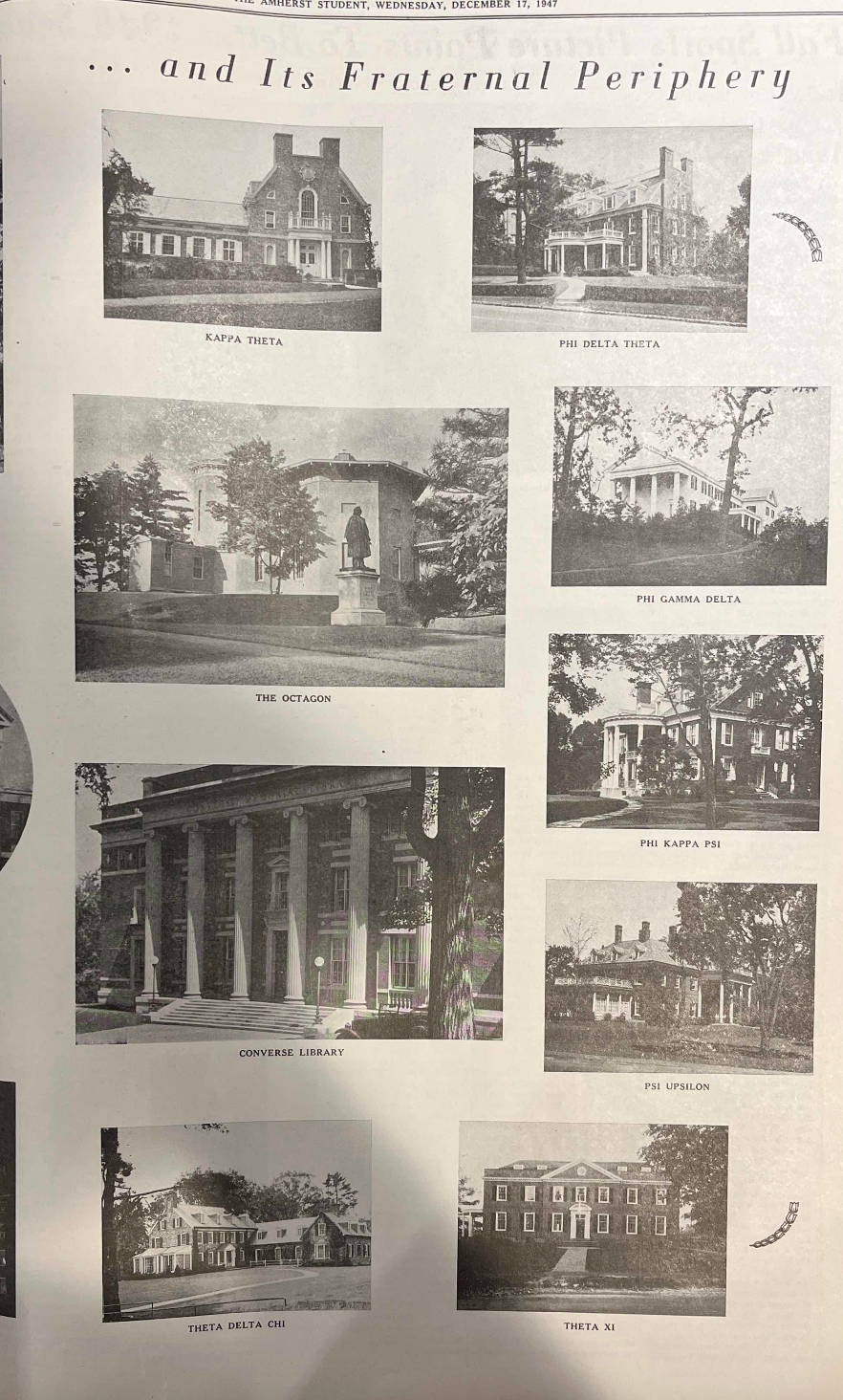
Guest Speaker advocates America and Russia “Must learn from each other”
Dr. John Maurice Clark ’1905, a professor of economics at Columbia University, gave a speech as part of a series that year, “making a plea for the responsible use of economic power by the groups who possess it.” Specifically, according to The Student, he commented upon capitalist and communist economic systems as expressed at the time. “He stressed the fact that both Russia and America must each learn from the economic system of the other,” the article wrote, “but added that, whatever the faults of the American economy were, the ‘degree of our freedom is invaluable.’”
“Christmas in Amherst Town”
One opinion piece waxed eloquent about Christmastime in Amherst. “Within three days the campus of Amherst College will be deserted,” the student wrote. “Whether he lives near or far … each will celebrate Christmas in time-honored custom according to the traditions in which he was raised.”
Not to be missed, though, was the joy of Christmas in Amherst town: “There is something about Christmas in a small New England town that is … just distinctive enough so that you can’t find quite the same spirit anywhere else … The small town seems more unified in its expression of the old Yuletide spirit. Other towns have their fancy decorations, their Santa Clauses, their large department store toy arcades. But sometimes this expression of the Christmas spirit seems to fall a little on the commercial side. In Amherst town nothing is done in a big way, but the spirit is there and all the more so.”
Students advocate for janitorial staff
A letter to the editor from the Secretary of the Student Council explained that the council received a petition signed by students in North Hall and South Hall regarding the firing of a janitor. They regretfully informed students that while the council pursued the issue with the administration, they did not have much power to exert over the firing. “We wish to thank the students who actively espoused Bill’s cause,” the letter wrote, “We regret our inability to act on the matter.”
Satire details world news
A writer named Moose Reilly (potentially a pseudonym) wrote two different satirical/humor pieces. One was devoted to heavily criticizing radio quiz shows as silly and “the most asinine proceedings ever dreamed up by an enlightened NBC vice-president.”
Reilly detailed some of the news from around the world received on campus and he juxtaposed it with his hated quiz shows. The paragraph is striking in its casual mentions of topics like postwar Europe and violence and tensions in Palestine just before the founding of the State of Israel, which served as the daily news feed for students at the time. “Europe is starving, the French Republic is listing badly, the Holy Land is less holy every day with each new insurrection, and over here in progressive, victorious, level-headed America, overpaid M.C.s are dealing Bendix laundries and new Oldsmobiles off to arm anyone who can tell them from coast-to-coast ‘How many fingers am I holding up?’ Frankly, it’s disgusting,” Reilly wrote. His second piece: “Santa Claus Revealed As Symbol of Present-Day Confusion, Materialism.”
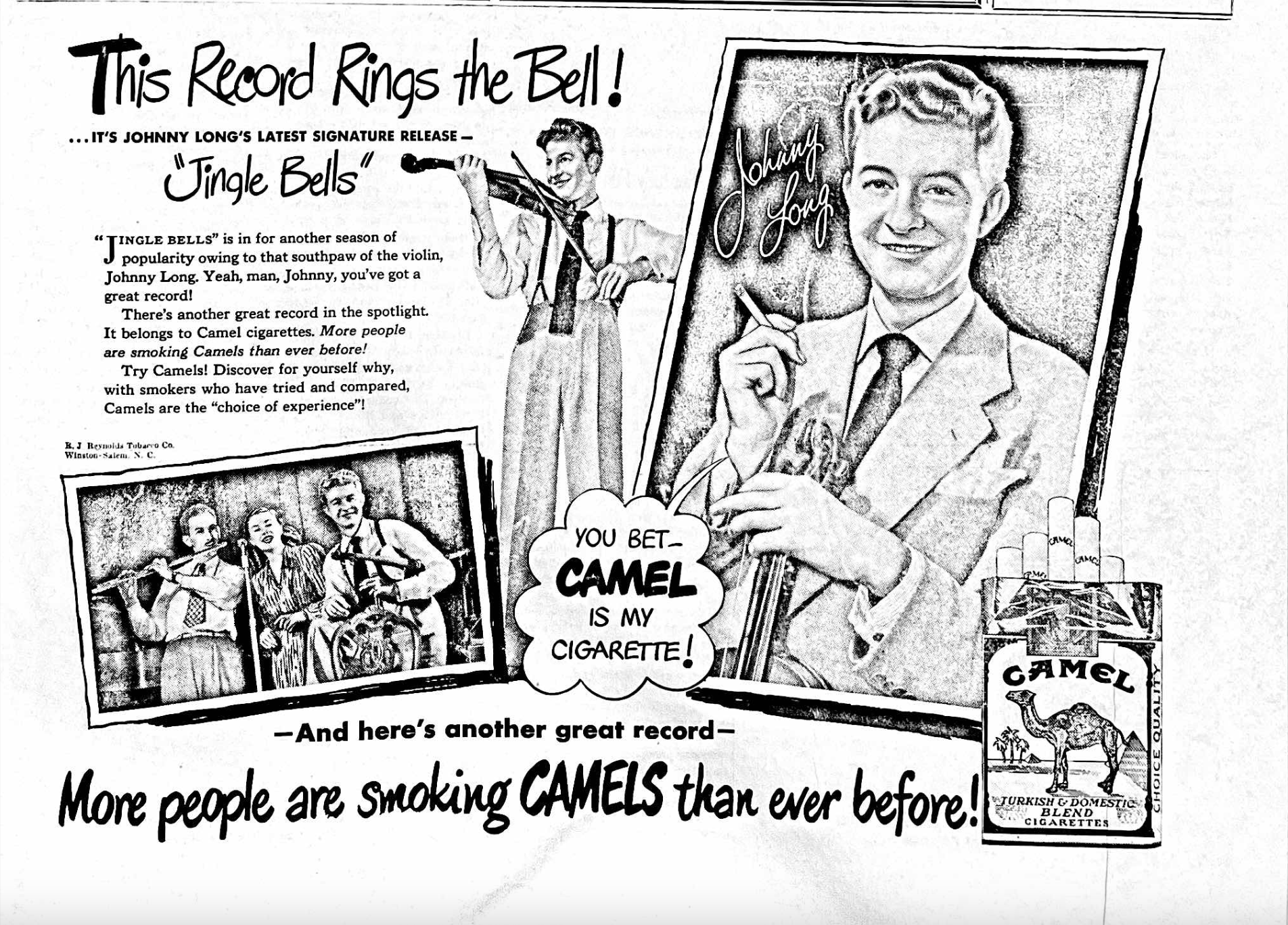
Cigarettes and Jingle Bells
Advertising their cigarettes in The Student, Camel wrote: “This Record Rings the Bell! It’s Johnny Long’s latest signature release - ‘Jingle Bells!’ … There’s another great record in the spotlight … More people are smoking Camels than ever before!”

Merchants wish students a happy holidays:
Among the many holiday ads was a joint one placed by a variety of Western Massachusetts businesses, including ones familiar to us like A.J. Hastings and the Hampshire Gazette, which wished students a good holiday break. One company on the list that I wish still existed: the Pioneer Valley Ginger Ale Co.



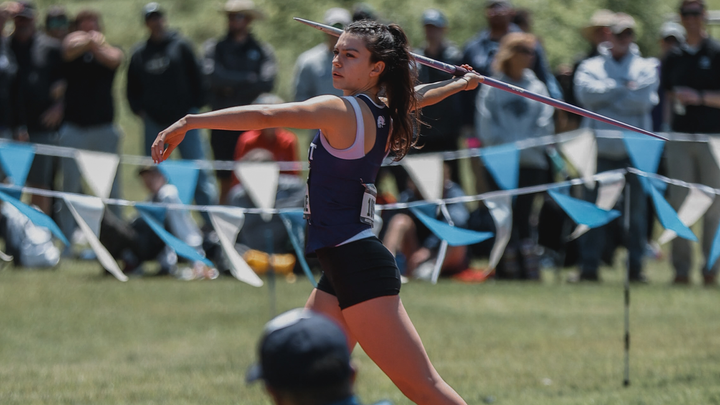

Comments ()